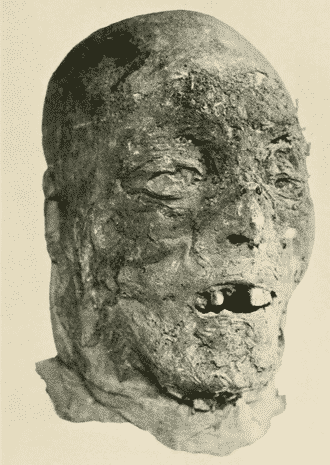
I hate to say it, but I can’t summon all that much sympathy for Henry Grey. Mary forgave him once for the treason of supporting his daughter’s claim to the throne (yes, yes, he had a good excuse for that one: Edward VI had named Jane his heir and the Council had ratified the arrangement – but that would not have been enough to save him from most rulers) and then instead of being incredibly careful and grateful forever, Grey doubled down by supporting Wyatt’s rebellion.
The stated reason for the rebellion was to prevent Mary from marrying Philip of Spain. That said, the leaders were all committed Protestants and historians believe that religious considerations played a part as well. Regardless, there were four main leaders of the plot: Sir Thomas Wyatt (son of the poet who adored Anne Boleyn), Sir James Croft, Sir Peter Carew…and Henry Grey. Croft managed to escape; Carew managed to finagle a pardon; Wyatt and Grey were executed.
They weren’t the only ones. More than 90 others were sent to Tyburn – and used by the Council to go after the figureheads. Elizabeth was seized, sent to the Tower, and questioned harshly. Luckily none of them implicated her in the plot (Wyatt not only denied her involvement to the Council, he also reiterated it on the scaffold – which increased believability). Jane Grey was not so lucky. Her continued lodging in the Tower made her own participation impossible – but her father’s actions implied it at law. Mary sentenced her cousin to the death she had once escaped.
Before I close, a little background about the photo (!). From Wikipedia:
According to Walter George Bell (writing in 1920), the severed head of the Duke was discovered in a vault in the Church of Holy Trinity, Minories in London in 1851, preserved by the tannin-rich oak sawdust used to pad the basket on the scaffold on which he had been executed 297 years earlier. Bell believed the head might have been hidden by the Duke’s widow to prevent it from being exposed on a spike on London Bridge. Both of them had worshipped in the chapel at Holy Trinity….The head was examined in the late 19th century by Sir George Scharf, former Keeper of the National Portrait Gallery, who noted a strong resemblance between its features and those in the portrait of the duke then in the possession of the Marquess of Salisbury at Hatfield. However, Bell also notes a scandal at Holy Trinity in 1786 in which a sexton had been found sawing and chopping up coffins in the vaults and using the wood to stoke the fire in his quarters. Many of the bodies had been partly dismembered in the process and Bell warned his readers that the surviving head might well have resulted from this debacle.
(In case you were wondering, the head has since been buried…)
***
If you like my posts, you’ll love my books! My Seymour Saga trilogy tells the gripping story of the short-lived dynasty that shaped the Tudor Era. Jane the Quene skews romantic, The Path to Somerset is pure Game of Thrones (without the dragons), and The Boy King is a noir coming-of-age. Get them now through Amazon, Barnes & Noble, Kobo, and Apple, or even your local independent bookstore!

(PS Already read them? Did you love them? Then please review them – even just a stars rating! It makes a huge difference in helping new readers find them and would mean the world to me!)

Be First to Comment